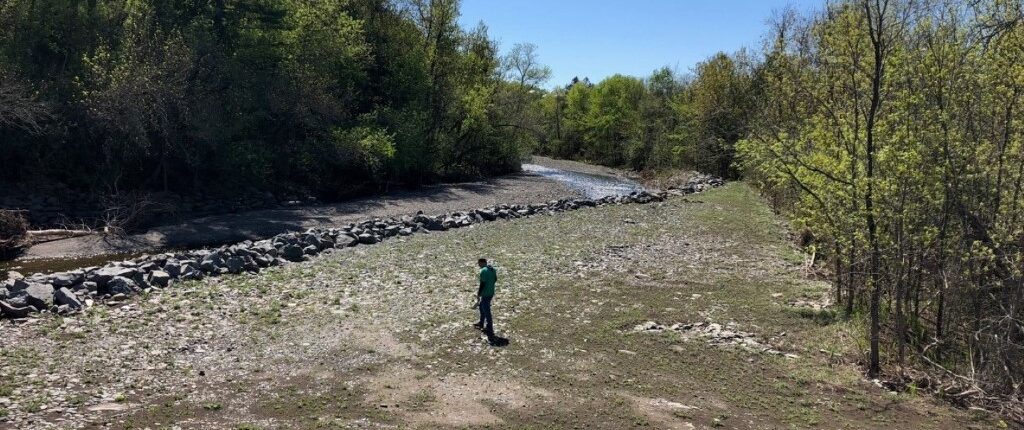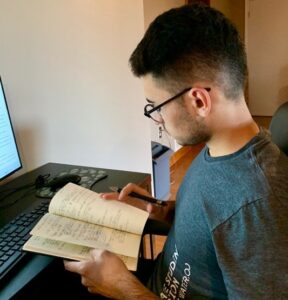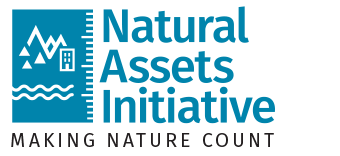
REFBC monitoring initiative – a progress update
A natural asset project monitoring initiative that will help local governments more easily incorporate green infrastructure and nature-based solutions is making good progress (visit here for background).
To-date, MNAI has worked with approximately 20 communities across Canada on natural asset management projects. The monitoring project is establishing a rigorous, consistent methodology to gather results from them in a way that is standardized and comparable between all projects and across time and providing reports on MNAI projects using this framework. The resulting information will support other local governments to understand the value of natural asset management, help identify where impacts are being made and where improvement is needed, and provide crucial information to engage other players such as funders and even capital market investors.
“Municipalities are tasked with implementing much of the sustainable land management but they need to know what works,” says Michael Drescher, Associate Professor, School of Planning, University of Waterloo. “It would be great if they didn’t have to reinvent the wheel each time a municipality starts on this sustainability journey. That’s where this initiative comes in.”
The monitoring project, a collaboration between the University of Waterloo and MNAI, identifies technical aspects such as ecosystem restoration, ecosystem service valuation, and measurement of key indicators to quantify changes in service provisioning. But it also looks at local governments’ awareness and education about natural assets, skills and capacity, communication, stakeholder engagement, institutional structures and governance, finance, and so on. “A lot of research can be fairly academic, not making it to actual practice,” says Drescher. “As a researcher, I find this frustrating because sustainability is really important to me – both on a professional and a personal level. The research we’re doing for MNAI is different because we are collaborating with organizations who actually are working to implement sustainability principles in practice. This is exciting.”
The monitoring project started a few months ago with the hiring of an intern who is preparing a monitoring and evaluation framework using the data from MNAI’s first cohort of six communities. “From a program logic model to an evaluation matrix, this work involves developing a number of indicators that carefully align with the various outcomes of the project,” says Lucas Mollame, Mitacs Intern, MA Candidate, School of Planning, University of Waterloo in his update. “We’re now moving towards contacting key stakeholders in project communities. On a personal note, I am grateful to be involved in such an important project as we move natural asset management into mainstream practice across Canadian municipalities.”

Lucas Mollame hard at work
The monitoring project will also evaluate the outcomes of the natural asset management projects – e.g. changes in bylaws, governance, ecosystems – and produce case study and lessons learned reports. Municipalities will be able to use the outcomes from this monitoring project to build a business case and make evidence-based decisions on how to effectively manage their own natural assets.
In communities across Canada, engineered infrastructure is aging, its capital and operating costs are rising, municipal service delivery is strained, and many ecosystems are encroached on and in declining health. Municipal natural asset management can form part of the solution by supporting healthy and well-managed natural assets and providing core local government services such as stormwater management, often at lower capital and operating costs than engineered alternatives. The monitoring project is one of the enabling conditions that will help municipal natural asset management to flourish.
This Project is made possible with funding from the Real Estate Foundation of British Columbia and Mitacs and will continue through the end of 2022.


